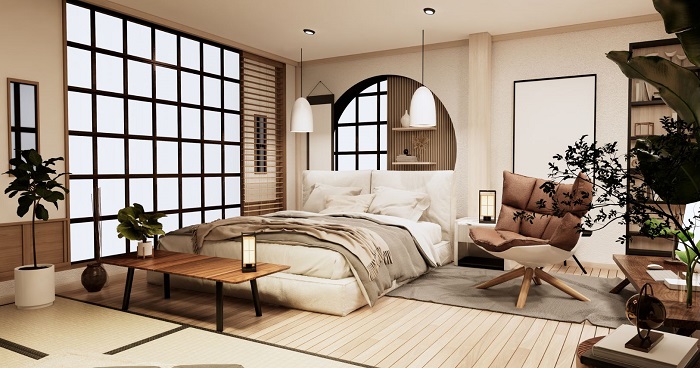NEWS
How to Make your Room more ‘Zen’

Zen is a branch of Buddhism that originated in China. It holds that the world can’t really be understood by thinking and talking about it; instead, it’s better to empty your mind. This generally requires a lot of practice, and creating an environment that’s free from distraction.
In modern everyday parlance, the word ‘zen’ has acquired a meaning that’s a little bit broader. It tends to be held as synonymous with focus and mental rigour, and having a little spell of calm and sanctuary during the day.
Whatever you might think of this, it’s difficult to argue that mental discipline and focus are bad things. But we’re still left with the question of how to create a zen-inspired space in our homes.
Clearing the space
Clutter is obviously a source of distraction, and so it’s to be avoided. If you’re surrounded by visual chaos, then you’ll probably end up distracted. A person who is truly committed to meditative practice might be able to deal with this, but even they probably wouldn’t consider it ideal.
Think about why you’re accumulating clutter in certain spaces, and look for alternatives for them. Make piles of items you’d like to donate, bin, or recycle. Conventional wisdom would suggest moving from room to room, tidying as you go. Marie Kondo believes that it’s better to go from one category of item to the next. Fitted furniture, like a walk-in wardrobe, might help you to get the best from your storage, and declutter elsewhere in your home.
Choosing a calming colour palette
Your colour scheme matters a great deal. Neutral tones, including soft off-whites and greys, will tend to work best. Greens and blues tend to evoke nature and plenty, which can help to boost relaxation. Just make sure that your colour choices aren’t too brash and bold.
Mindful furniture arrangement
The arrangement of your furniture can also make a big difference. If you’re having to go out of your way every time you enter a room, even if it’s only a little bit, then the result can be a steadily-accumulating sense of low-level stress. Think about how a hypothetical stream of energy (or a non-hypothetical person) might travel through the room. If you’re able to move in an easy, flowing motion, then you’re on the right track; if you’re coming back on yourself at right angles, then you’re probably not.
The furniture itself also matters. The common advice is to go for simple, minimalistic furniture where possible. Clean lines and order will tend to promote a sense of calm, but your personal tastes should have the final say.
Creating a Meditation or Reflection Nook
If you can’t set aside an entire room for meditation, self-reflection and diarising, then you might do the next best thing and set aside a small corner of it for these purposes. A mat, an altar, a few incense sticks and a cushion might be all that’s required.
Kenneth is a proud native of sydney, born and raised there. However, he pursued his education abroad and studied in Australia. Kenneth has worked as a journalist for almost a decade, making valuable contributions to prominent publications such as Yahoo News and The Verge. Currently, he serves as a journalist for The Hear Up, where he focuses on covering climate and science news. You can reach Kenneth at [email protected].










